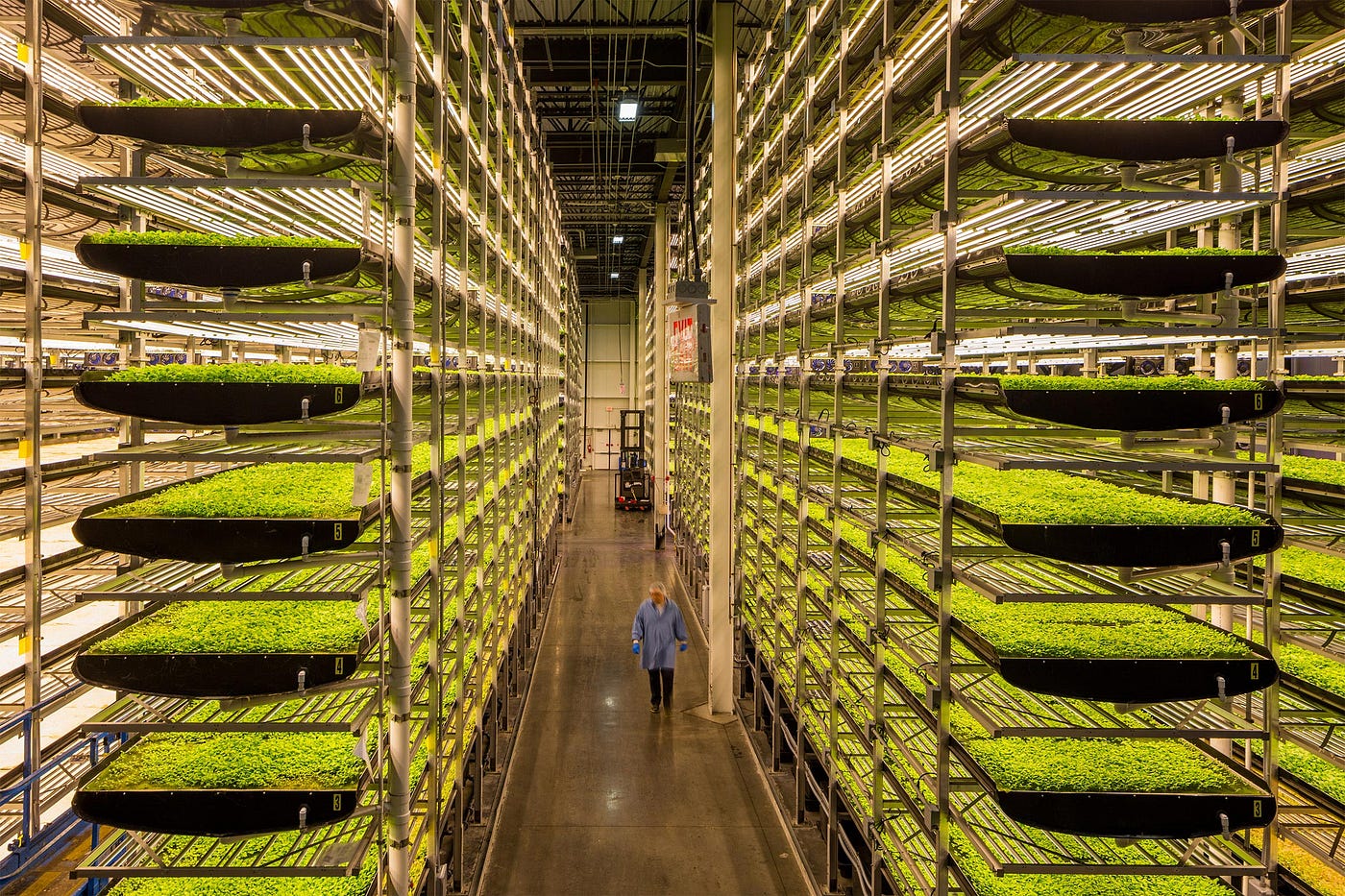The global population is projected to reach 10 billion by 2050. Feeding this growing population while addressing challenges like climate change, land scarcity, and resource depletion necessitates innovative solutions. Vertical farming, a rapidly developing technology, emerges as a potential game-changer in the agricultural landscape. This article explores the concept of vertical farming, its potential benefits and drawbacks, and its role in building a more sustainable and resilient food system.
Redefining Agriculture: Growing Up, Not Out
Vertical farms are essentially indoor farms that utilize vertical space to maximize crop yields. These farms often employ hydroponics or aeroponics systems, growing plants in nutrient-rich water solutions without traditional soil. LED lighting provides the necessary sunlight, and environmental factors like temperature and humidity are meticulously controlled.
A Solution to Land Scarcity and Resource Depletion
One of the most significant advantages of vertical farming is its minimal land footprint. These self-contained growing systems can operate in urban centers, repurposed buildings, or even shipping containers. This eliminates the need for vast tracts of arable land, a precious resource under increasing pressure due to urbanization and population growth.
Efficiency and Sustainability: Controlled Environments and Reduced Waste
Vertical farms offer a highly controlled environment, optimizing conditions for plant growth. This leads to increased crop yields and reduced waste compared to traditional agriculture. Precise control over water usage minimizes water consumption, a crucial consideration in an era of water scarcity. Additionally, vertical farms eliminate the need for pesticides and herbicides, promoting sustainable and environmentally friendly food production.
Year-Round Production and Local Food Security
Vertical farms operate independently of weather conditions, allowing for year-round production of fresh, locally sourced food. This can improve food security and reduce reliance on long-distance transportation of produce, minimizing the environmental impact of the food supply chain.
Challenges and Considerations: Energy Consumption and Economic Viability
Despite its advantages, vertical farming faces some challenges. One major concern is the high upfront cost of setting up and operating these facilities. Artificial lighting and climate control systems require significant energy input, which can be a barrier to widespread adoption if not addressed through advancements in renewable energy technologies.
Addressing Labor Needs and Integrating with Traditional Agriculture
Vertical farming is currently less labor-intensive than traditional agriculture. However, skilled workers are still needed to operate and maintain these complex systems. A successful future for vertical farming requires innovative solutions to address potential labor displacement within the agricultural sector.
The Future of Food: A Hybrid Approach with Traditional Agriculture
Vertical farming is unlikely to replace traditional agriculture entirely. However, it can play a vital role in complementing existing agricultural practices. By focusing on high-value crops like leafy greens and herbs, vertical farms can enhance the overall efficiency and sustainability of the food system.
Conclusion: A Technological Leap for Food Security
Vertical farming offers a compelling solution to address the challenges of feeding a growing population in a sustainable and resource-constrained world. While challenges of energy consumption and economic viability remain, advancements in technology and a focus on renewable energy integration are paving the way for a more promising future for this innovative approach to food production. Vertical farming could be a key component in building a more resilient and sustainable food system for generations to come.
